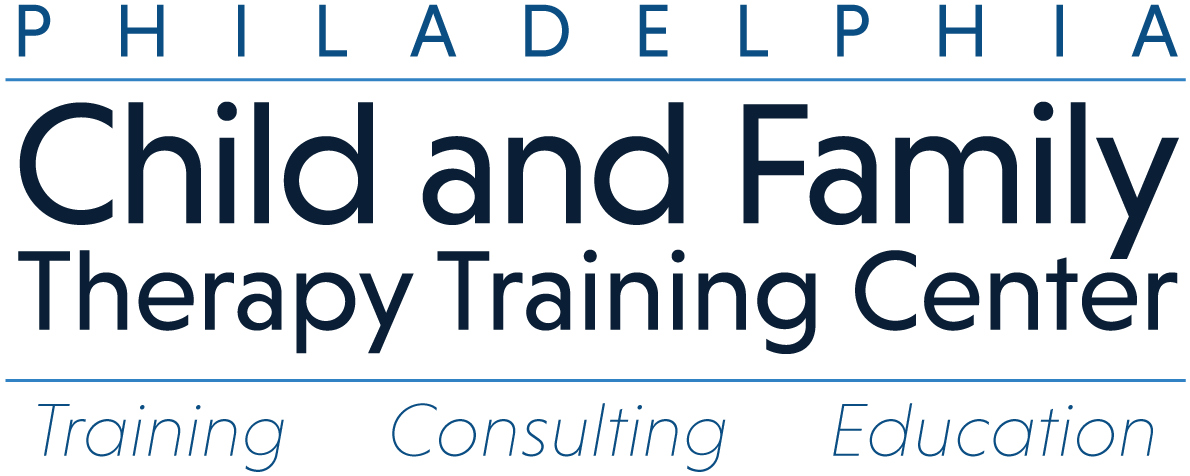
A common fear among new therapists is that their inexperience might inadvertently cause harm to clients. This concern is shared by their supervisors, who hold a critical role in mitigating such risks. To address this fear, supervisors must create a supportive and collaborative environment that encourages supervisees to share their work openly and accept constructive feedback. This involves fostering a sense of trust and safety, where supervisees feel comfortable sharing video recordings of their sessions. By doing so, supervisors can provide direct and specific feedback based on actual interactions with clients, making the learning experience more relevant and impactful.
The use of therapist assessment tools is another essential component in this process. These tools help to objectively evaluate the supervisees’ skills and identify areas that require improvement. They offer a structured approach to feedback, ensuring that it is comprehensive and focused on enhancing the supervisees’ competencies. Moreover, these assessments can serve as a benchmark for tracking progress over time, giving both supervisors and supervisees a clear picture of development and areas needing attention.
Role plays and deliberate practice are equally important in preparing supervisees to handle real-world scenarios effectively. Through role-playing exercises, supervisees can practice interventions in a controlled environment, receive immediate feedback, and refine their techniques before applying them in actual therapy sessions. This hands-on approach helps build confidence and competence, reducing the likelihood of errors that could potentially harm clients.
By being actively engaged with their supervisees, supervisors not only alleviate the fear of causing harm but also contribute to the overall professional growth of new therapists. This collaborative approach ensures that supervisees are well-equipped to provide high-quality care, ultimately benefiting both the therapists and their clients.
